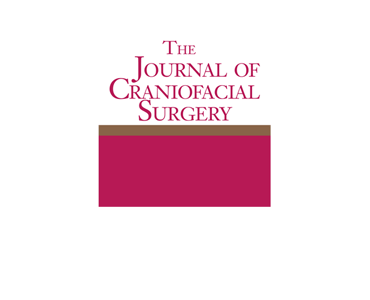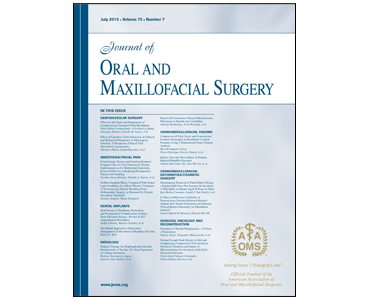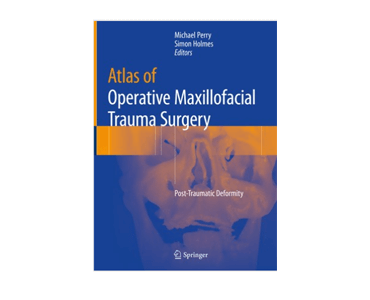Patient- and 3D morphometry-based nose outcomes after skeletofacial reconstruction. R Denadai, PY Chou, HJ Seo et al.
Date: March 2020. Source: Scientific Reports, Volume 10, Article No. 4246, https://doi.org/10.1038/s41598-020-61233-6. Abstract: Patient satisfaction with the shape and appearance of their nose after orthognathic surgery-based skeletofacial reconstruction is an important, but often overlooked, outcome. We assessed the nose-related outcomes through a recently developed patient-reported outcome instrument and a widely adopted 3D computer-based objective outcome…








